Today we are looking at the Topping G5 portable DAC & AMP. It is priced at $299 USD.
Disclaimer: ShenzhenAudio sent us the Topping G5 Portable DAC-AMP for this review. As always, I am here to convey my honest experience with the product.
Topping
Topping Electronics & Technology, known as ‘TOPPING’, is based in Guangzhou, China, and was established in 2008. They design some of the best DACs and AMPs when it comes to the price-to-performance ratio.
They have a dedicated R&D team of skilled engineers and audiophiles. In addition to that, they are heavily invested in the latest audio testing machinery such as the APx555 from Audio Precision.
Of course, all of this means one thing for us consumers, better devices! I have used numerous Topping products in the past, the oldest two I remember are the TP30 and the NX1. The year was 2013 I believe. I never had any problems with their products despite using 30+ of them throughout the years. They have a really good track record and they strive to do better.
Today we are reviewing their newest portable DAC & AMP, the G5. The G series is part of Topping’s new portable lineup. I’ve been waiting for Topping to make a portable dac amp for quite a long time and the day has finally come. It’s really exciting to see this innovative company in the portable market, as I’ve been very happy with their desktop devices.
Topping’s line-up is growing each passing day with fantastic devices. If you want to check out more Topping gear, you can find all of our related reviews here.
Topping G5 – Portable DAC & AMP
Topping has finally succeeded in adapting its R&D for desktop products to a portable device. The Topping G5 uses a top-of-the-range DAC chip called ES9068AS from ESS Technology. The company’s proprietary NFCA amplifier design, often found in Topping’s high-performance desktop amplifiers, has also been applied to this portable device.
In addition, the device is equipped with a premium-tier Bluetooth module that supports LDAC streaming. The G5’s 2nd generation XMOS controller allows it to work with Windows, Mac and all mobile operating systems. Topping has placed a large 4000 mAh battery inside the G5, which allows it to provide you with uninterrupted music all day long.
I always thought Topping could achieve better results with cleaner power from the built-in batteries. It’s an enthusiast’s dream to see this becoming a reality with the G5 and the NX7. The G5 retails for $299 USD and it will be my pleasure to tell you why it’s a bargain.
You can reach G5’s official web page through this link. For desktop’ers, the DAC drivers are here. User manual, here. The highlights & specs are below.
- DAC: ESS Technology ES9068AS
- AMP Topology: NFCA (SE)
- Bluetooth: QCC5125 – LDAC, AptX HD & LL, AptX Adaptive, SBC, AAC
- USB Controller: XMOS 2nd Gen
- Gain: 3-Stage Gain L/M/H
- Battery: 4000mAh Built-in
- Output Impedance: <0.1 Ω
- Power: 1200mW into 32Ω load
- Dimensions: WxHxD 140x70x18mm, 255g
Packaging & Accessories
The G5 comes with the same stylish design boxing that Topping also used on the E70 & L70. The box has a textured finish with a crosshatch pattern, giving it a premium vibe. There are no product details or specifications anywhere on the box. The ‘Topping’ brand name is on the front in silver letters and looks quite elegant.
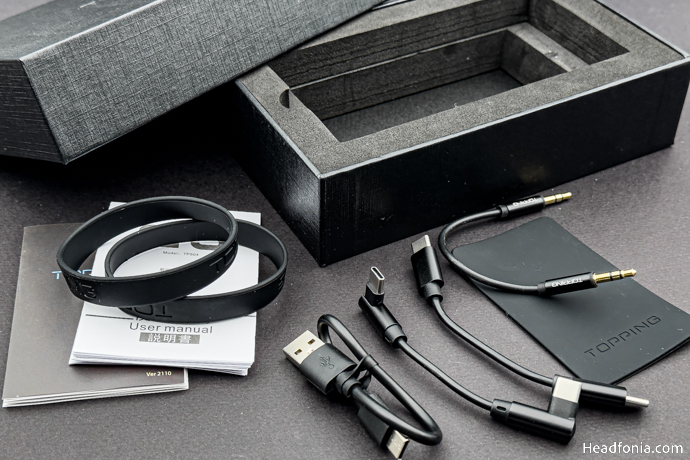
The package is quite rich in accessories, especially for the price. Along with the G5, Topping includes an aux cable, a USB-C charging cable, a USB-C to USB-C flat interconnect cable, a USB-C to USB-C 90-degree angled interconnect cable, a rubbery pad to place the G5 on to your phone, and two rubber bands. You get everything you need to get started unless you are an iOS user. For iOS, you need to get a lightning to USB-C interconnect cable or use wireless mode instead.
Design & Build Quality
The device has a case made entirely of CNC-machined aluminum. The G5 is available in two colors, black and silver. Both of the finishes are anodized and come with a metallic, matte texture. The device looks very engineer-y with the tempered, see-through glass that allows the user to get a glimpse inside the chassis. When you power up the device, you are greeted by 2 LEDs behind this see-through panel. One of them shows the power and the other one indicates the sampling rate and Bluetooth status.
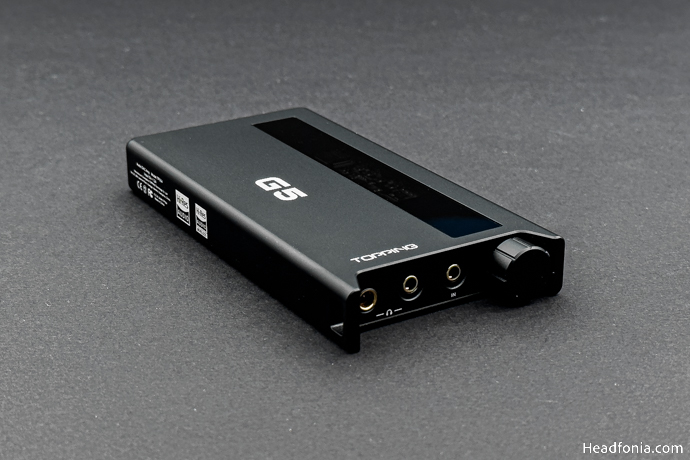
The layout of the G5 is a fairly straightforward one. There is a volume wheel on the front, which also doubles as the device’s power button. A slight turn of the wheel, as if you were turning up the volume, is enough to power the unit on. There is also a 3.5mm line output, a 3.5mm headphone output, and a 4.4mm headphone output right next to the volume wheel. Topping has designed the case to prevent the volume wheel from accidentally rotating when the device is in your pocket. There are raised edges around the front panel of the G5. These edges create a barrier so you don’t accidentally hit the volume wheel in your pocket.
On the back panel of the G5, there are 2 USB-C ports. One is for data and the other is for power. There are also 2 switches on the back. These switches control gain and active device mode. The G5 gives you 3 gain options. These are low, medium, and high. There are 3 device modes, BT, USB, and AUX, the headphone amplifier mode.
On the top of the device under the see-through window, we see the G5 model name laser printed in white font. On the back, there is a small section with the company name and address. The bottom side is covered in faux leather, which prevents the G5 from scratching your devices when you want to use it in a stack with a phone or a DAP. This is a very well-thought-out and aesthetically elegant detail.
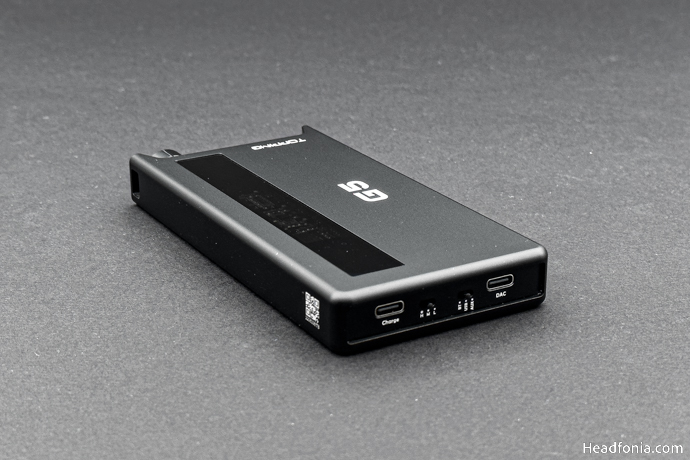
Overall, I like the design of the G5. The sockets and overall build feel very solid and well-made, much like their desktop products. Form/factor-wise, I don’t believe the G5 is a direct alternative to USB dongles, but given the performance on offer, a single do-it-all device makes a lot of sense to me.
I especially like the see-through window and leather details, these make this device a hundred times more interesting. Well done, Topping!
Technology
The G5 is by no means Topping’s first rodeo with the ES9068 DAC chip. We have also seen this chip implemented nicely in the E50 and DX5 desktop DACs. After listening to the G5, I know well that Topping did everything it could to reflect and adapt desktop know-how to this first-step product into the portable market.
I am a fan of Topping’s NFCA as it is as clean and as powerful as it currently is possible with the up-to-date components. Implementing the NFCA and combining it with the 9068AS resulted in a well-tuned, well-built device with incredible on-paper performance. Moreover, when you add the clean power from a portable battery to the equation, you can get very impressive results. That’s exactly what we’re seeing here. This kind of generational leap excites me because I’m interested in the engineering behind the product, but the data on the paper doesn’t always tell us the whole story.
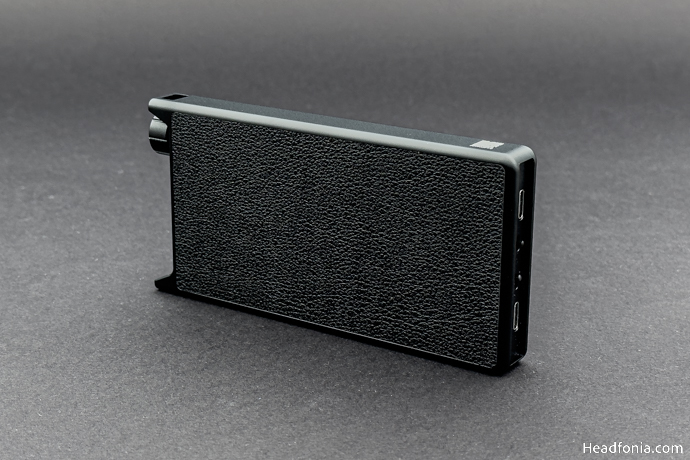
I have been listening to the G5 for about 3 months now with a lot of different equipment and I will be talking about my findings in the ‘Sound’ section.
You can use the G5 as a wired DAC/amp via USB, or as a Bluetooth DAC/amp, where you can pair it with virtually all Bluetooth-enabled devices. Additionally, there is a mode called ‘Aux’ which basically turns the G5 into an NX7. In this mode, the DAC stage is completely bypassed and you can directly use the NFCA amplifier module, which is both clean and powerful. Please note that the 4.4mm headphone output is there for convenience only. The device does not have a completely balanced architecture. The G5’s 3.5mm & 4.4mm headphone outputs sound the same.
The review continues on Page Two, after the click HERE or by using the jump below.
Page 1: Topping, G5, Packaging & Accessories, Design & Build Quality, Technology
Page 2: Controls & User Experience, Sound, Technical Capability, Comparison, Last Words






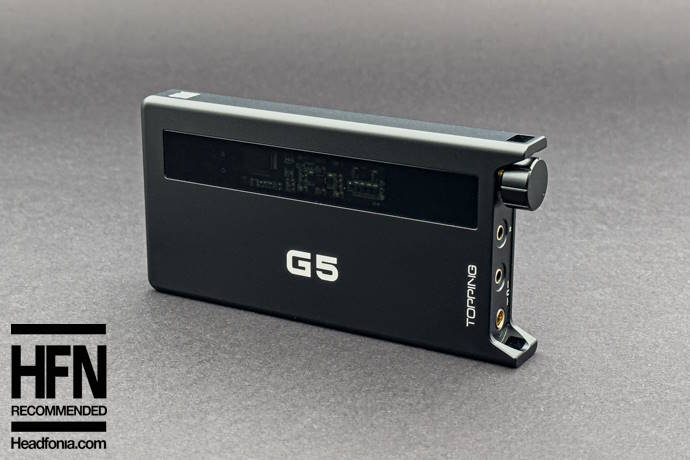


Alfeov
On which gain you think topping sound better? 🤔
Yagiz
Medium!
Kevin
Will the G5 power the ZMF Atrium and make it sing?
Yagiz
Sorry, I don’t have it.
Floris
A critical thing to mention is the G5 is very susceptible to EMI/RFI, I can hear my phone’s CPU spinning up or when I get a message 🙁
Yagiz
Hello!
I don’t have this problem with Poco F2 Pro & iPhone 14 Pro Max. I can stack them together with the rubber bands without any RFI. I’m sorry that you experience it.
yansha
Great review. Thank you!.
Looking for a desktop dac/amp with this quality or a bit better, and clear and neutral sound. Could you give me several options?.
Yagiz
Thank you Yansha!
Sure, you can take a look at the Topping E series, my go-to option is the E70V. You can get the E70 ESS version as well.
You can pair both with the Topping L70 and it’d perform slightly better than the G5 whilst offering a ton of power.
If you’d like to get a combo unit, I’d get the TOPPING DX7 Pro+ (2022).
If you are looking for a more budget option, DX5 Lite is a pretty good DAC/AMP for the price.
Happy Listening!
Michael Gunin
Thanks for reviewing! Speaking of IEMs, do you think G5 outperforms something more compact like BTR7/15?
Yagiz
Without a doubt. G5 is more detailed than both. It is also superior when it comes to the technical capability.